From Stone Age Paintings to Rock-Cut Sculptures: Must-Visit Caves of India.
India is home to some of the world’s most fascinating cave systems, many of which have been designated UNESCO World Heritage Sites. From ancient temples to intricate rock-cut sculptures, these caves are an incredible testament to India’s rich cultural and architectural heritage. In this article, we’ll explore the five most famous caves of India that you simply must visit.
Ajanta Caves
The Ajanta Caves are one of India’s most iconic cave systems, situated in the Aurangabad district of Maharashtra. These Buddhist caves are famous for their stunning rock-cut sculptures and frescoes, which date back to the 2nd century BC. The Ajanta Caves have been designated as a UNESCO World Heritage Site and attract visitors from all over the world.
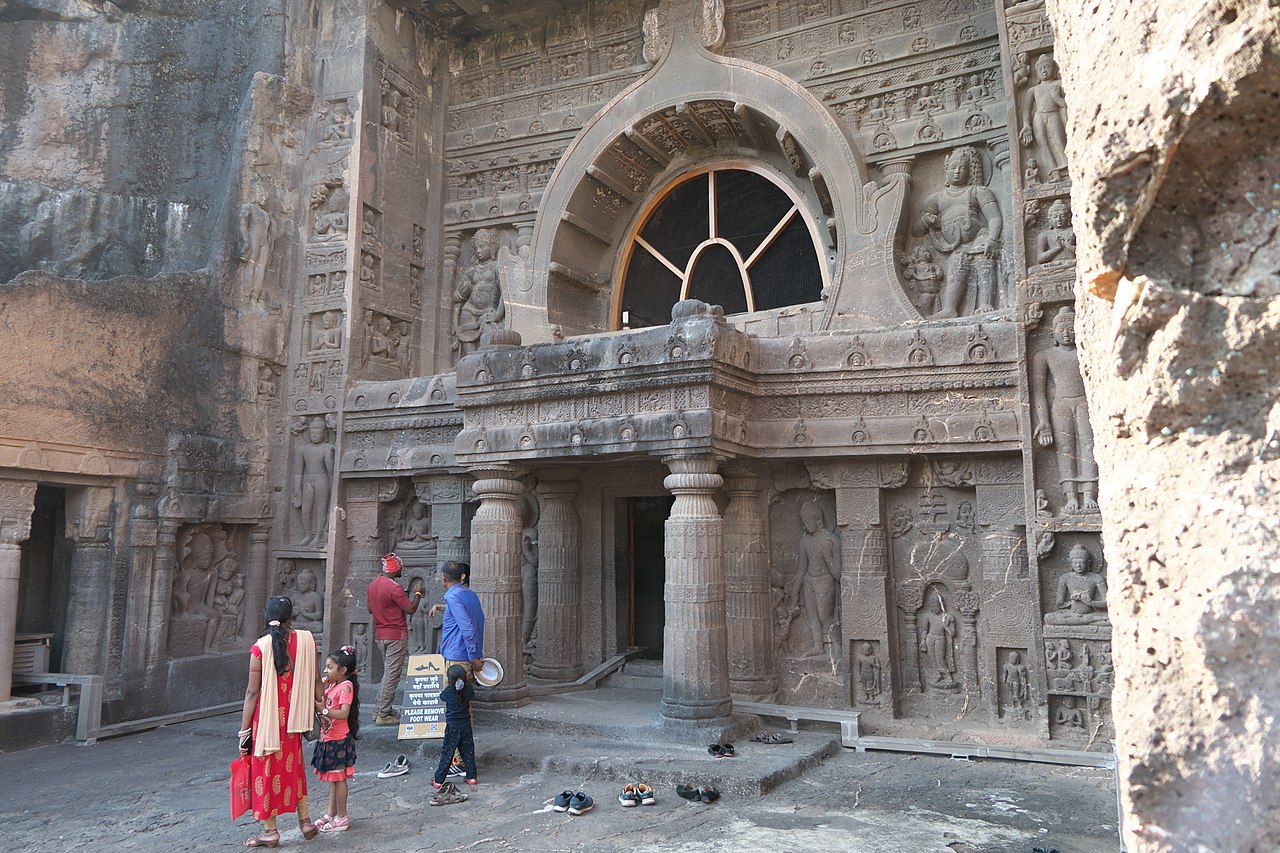
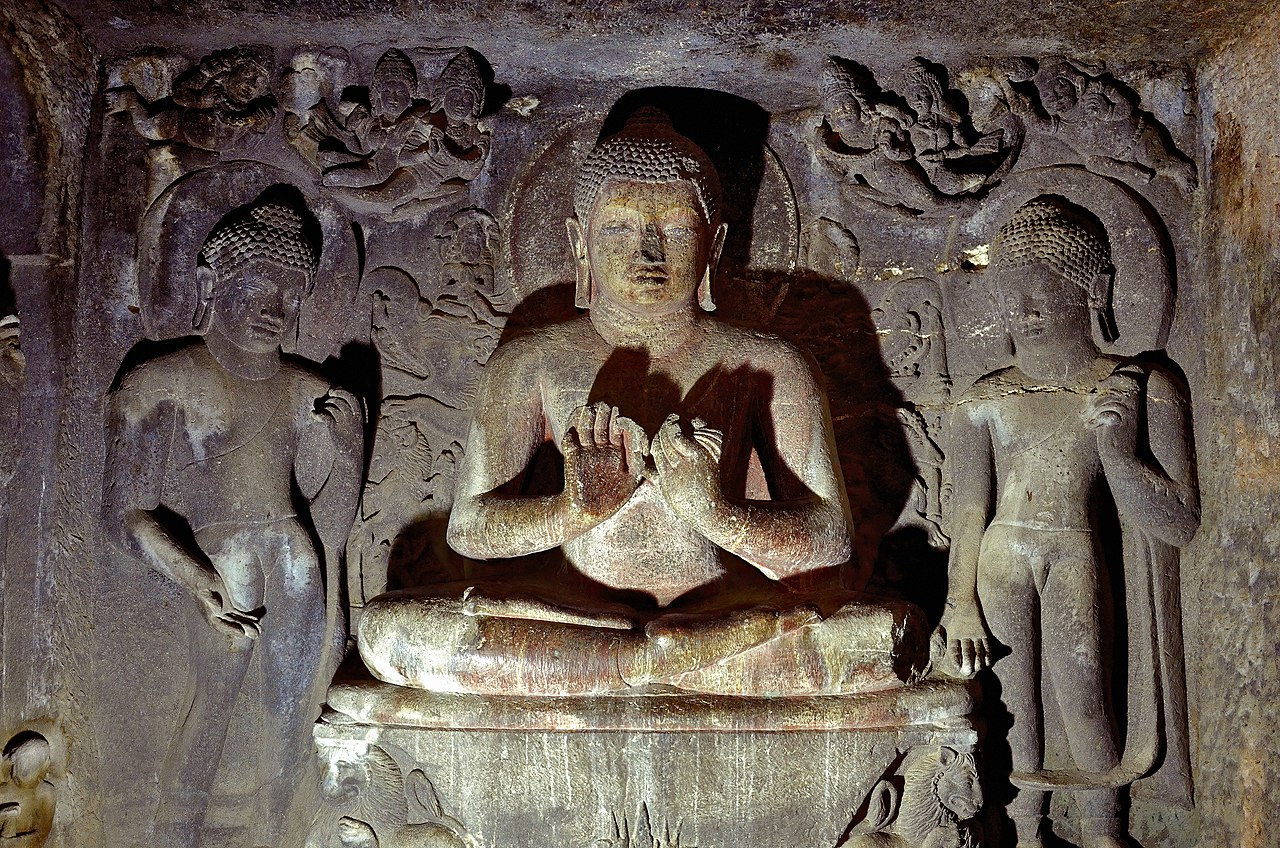
Ellora Caves
The Ellora Caves are another UNESCO World Heritage Site located in the Aurangabad district of Maharashtra. These caves are a testament to India’s cultural and religious diversity, with structures representing Buddhism, Jainism, and Hinduism. The intricate rock-cut sculptures and temples at Ellora are a must-visit for any traveler to India.
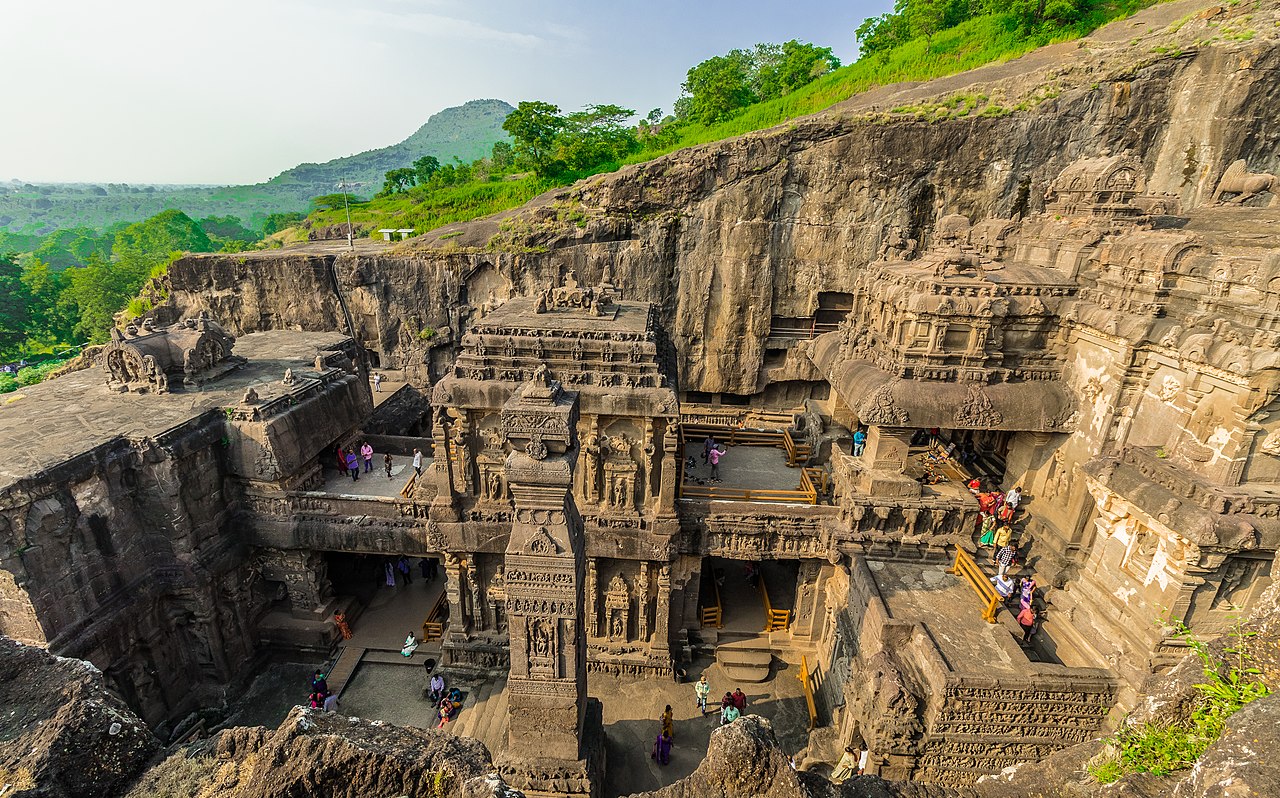
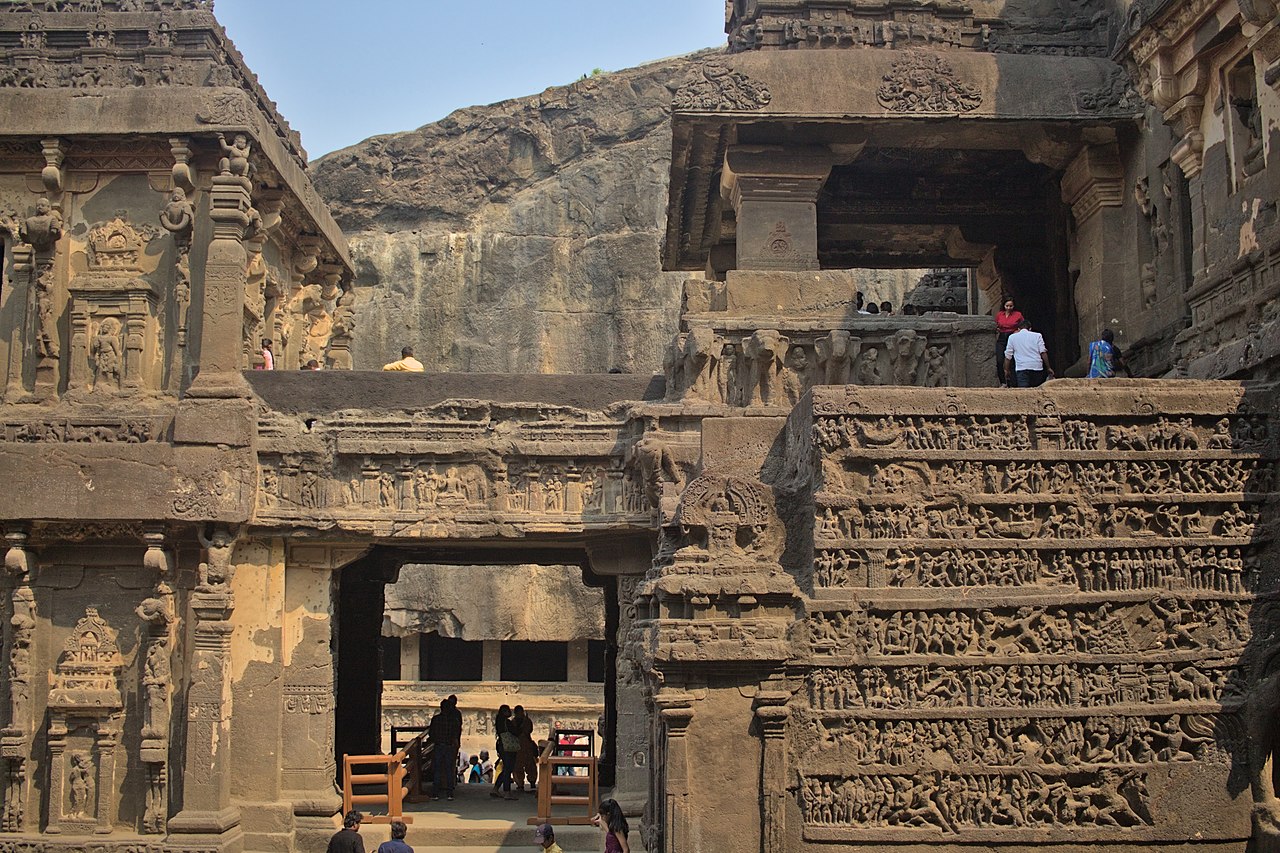
Elephanta Caves
Located on Elephanta Island, just a short boat ride from Mumbai, the Elephanta Caves are a popular tourist destination. These rock-cut temples date back to the 5th century and are dedicated to the Hindu god Shiva. The intricate carvings and sculptures at the Elephanta Caves are a testament to India’s incredible artistic heritage.
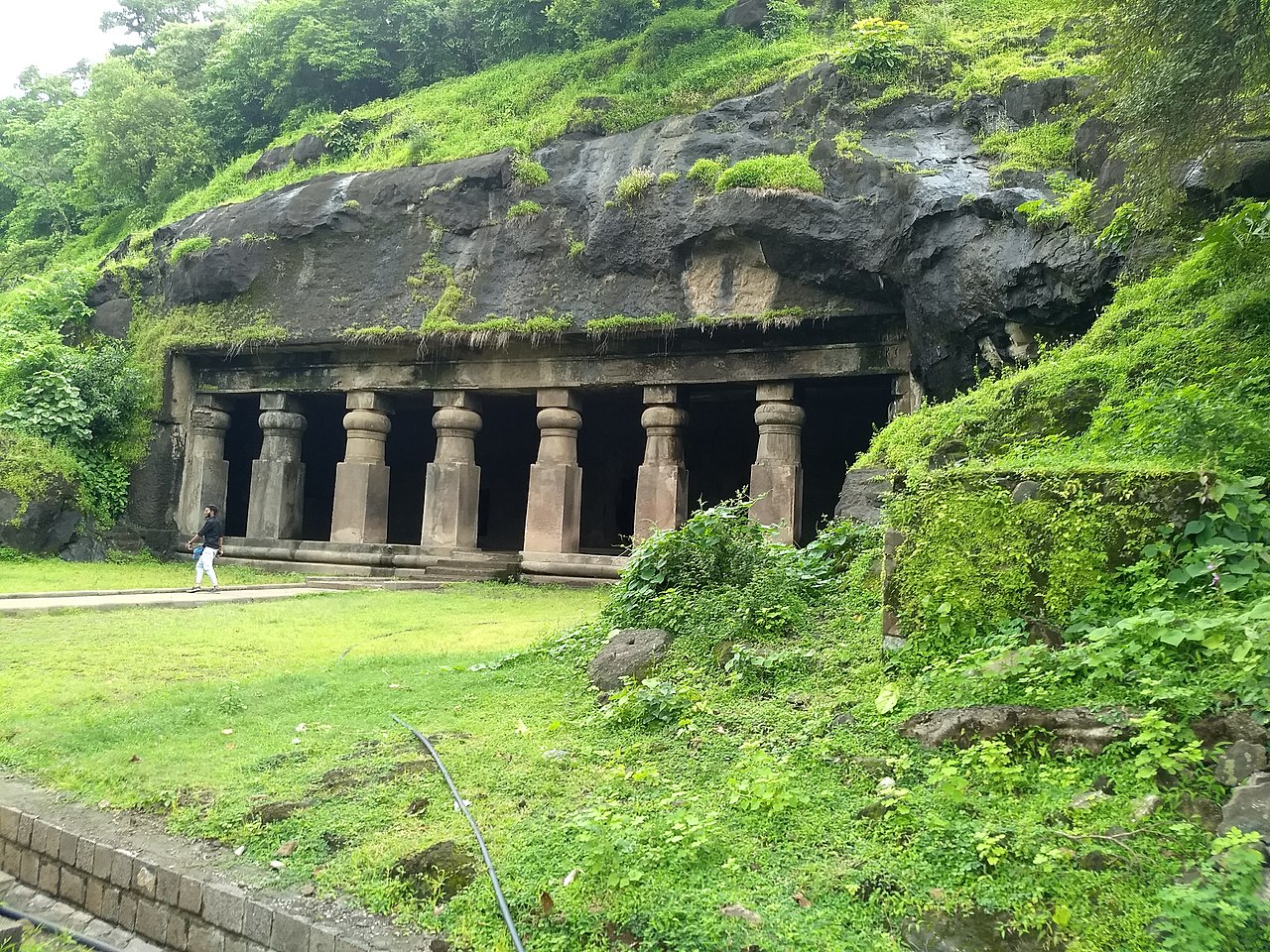
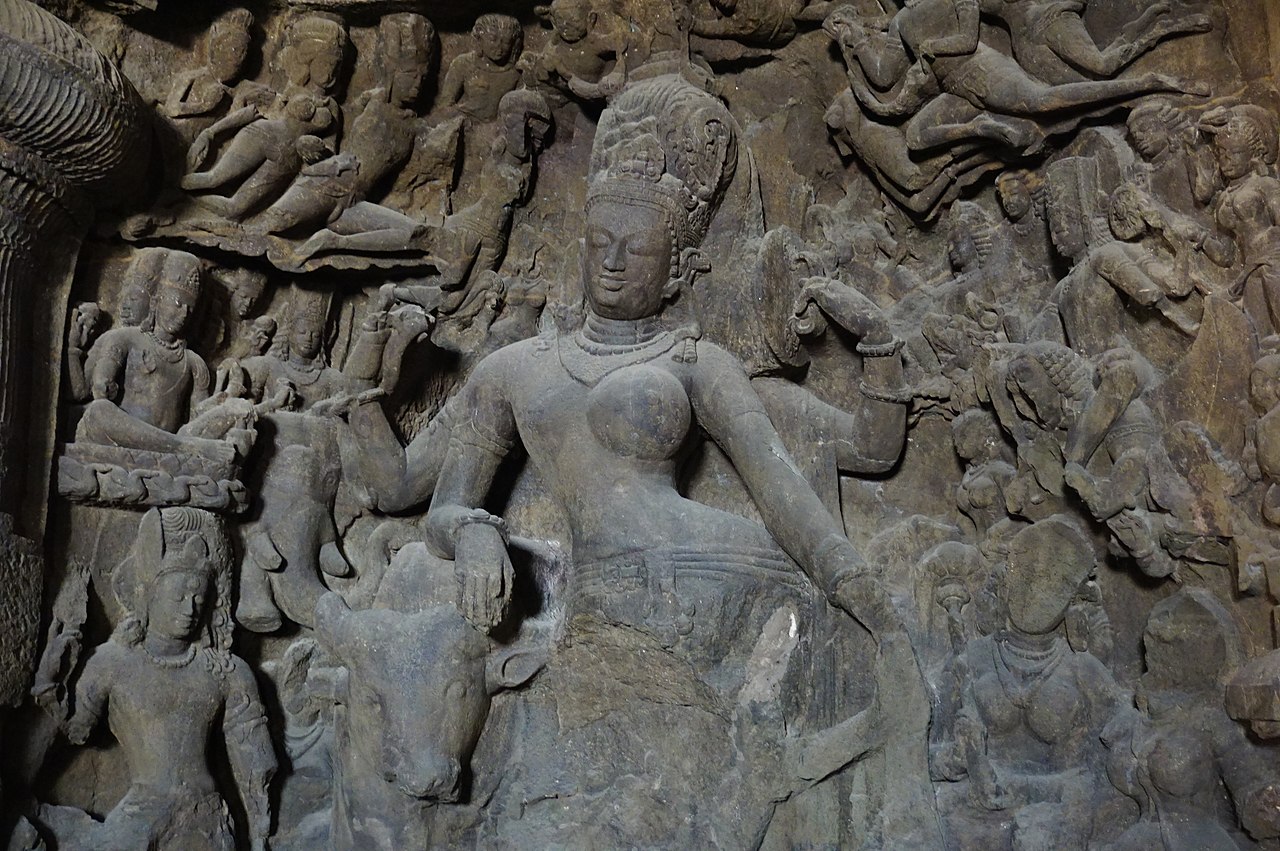
Bhimbetka Caves
The Bhimbetka Caves are a prehistoric site located in the Raisen district of Madhya Pradesh. These caves are famous for their rock paintings, which date back to the Stone Age. The Bhimbetka Caves provide a fascinating insight into India’s ancient history and are a must-visit for any history buff.
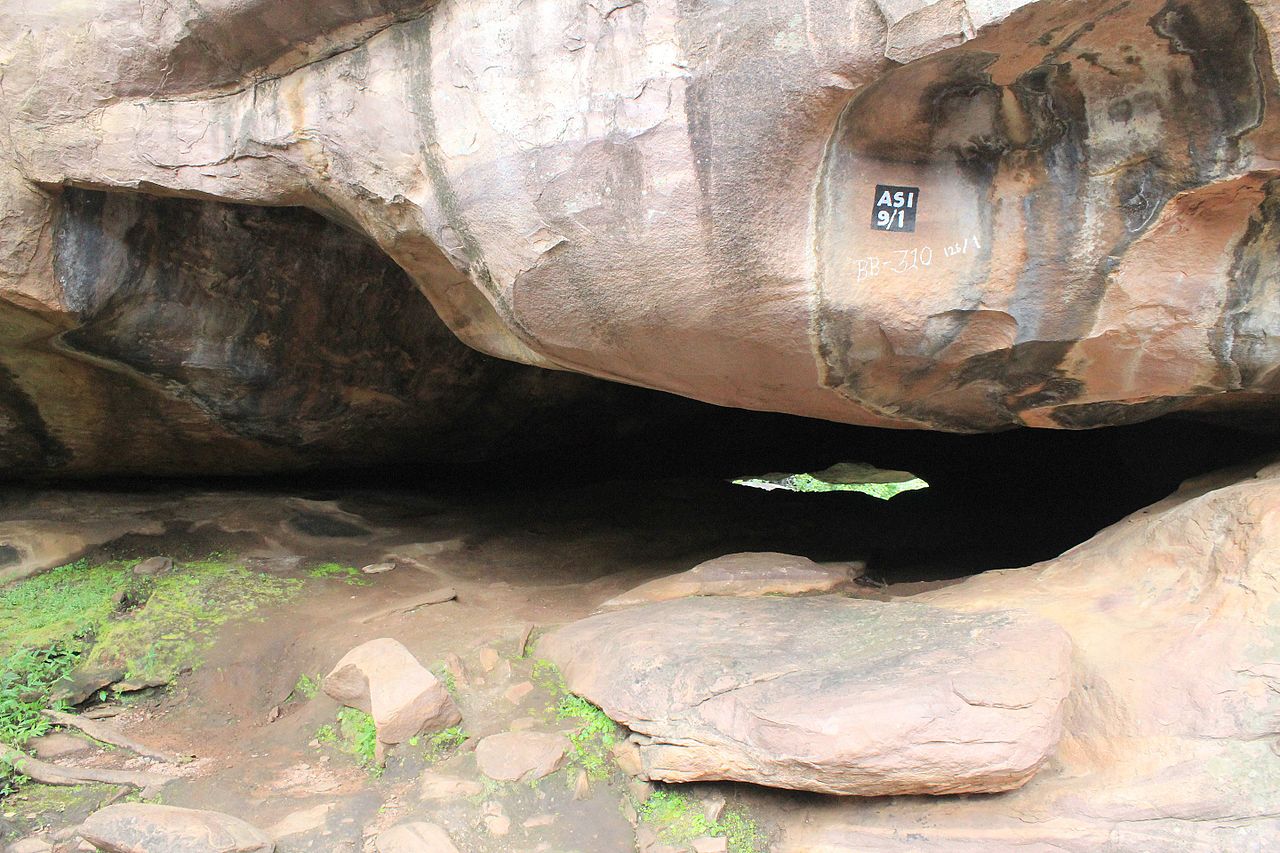
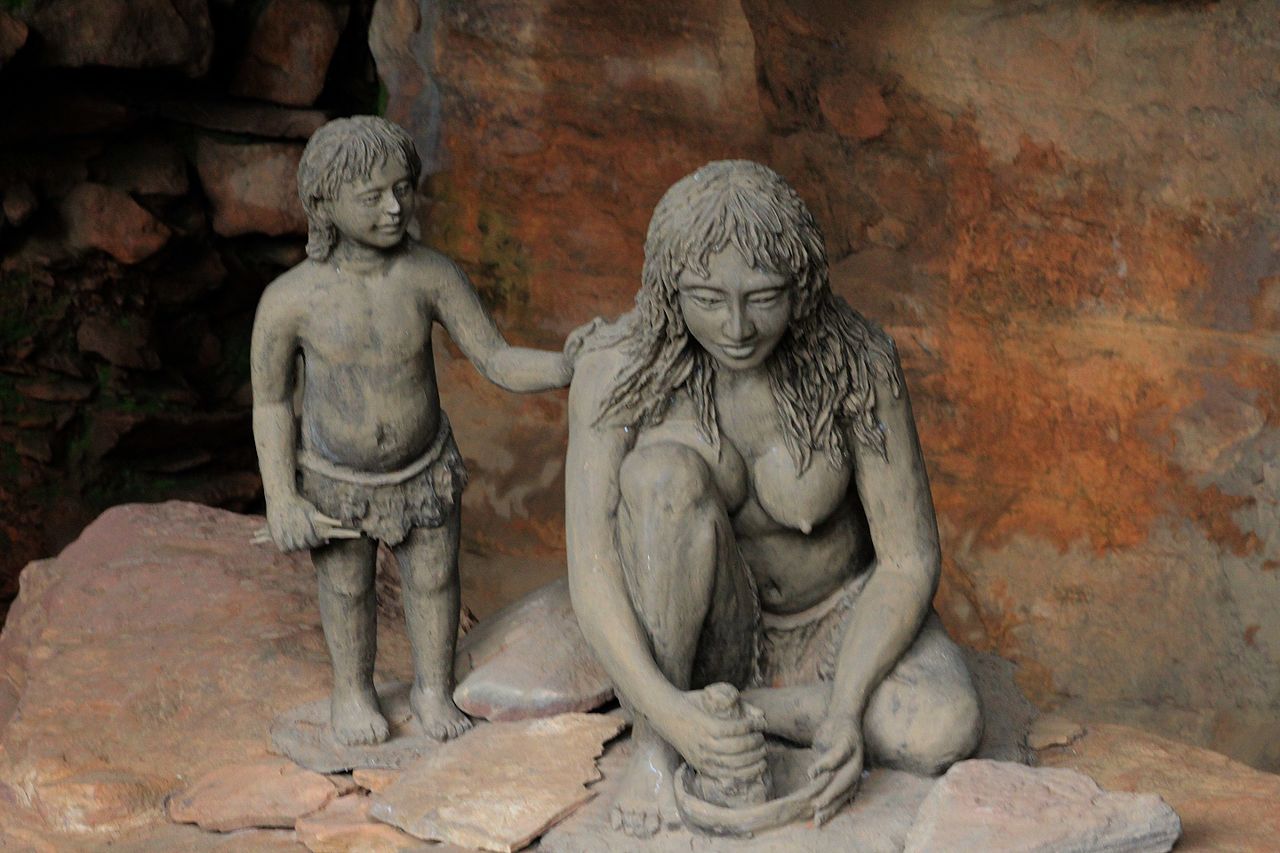
Kanheri Caves
The Kanheri Caves are located within the Sanjay Gandhi National Park in Mumbai. These Buddhist caves date back to the 1st century BC and are famous for their stunning rock-cut sculptures and temples. The Kanheri Caves are a peaceful retreat from the hustle and bustle of Mumbai city and offer visitors a glimpse into India’s spiritual past.
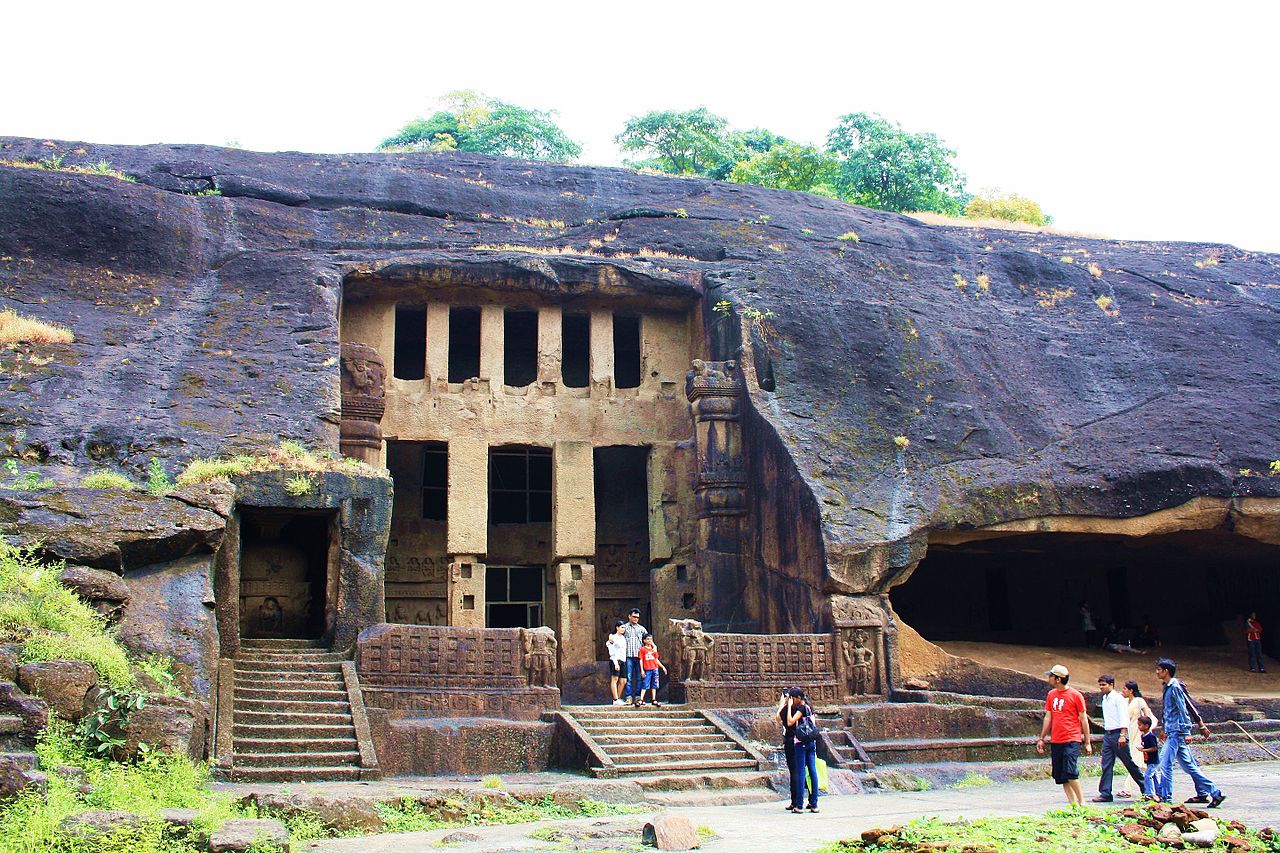
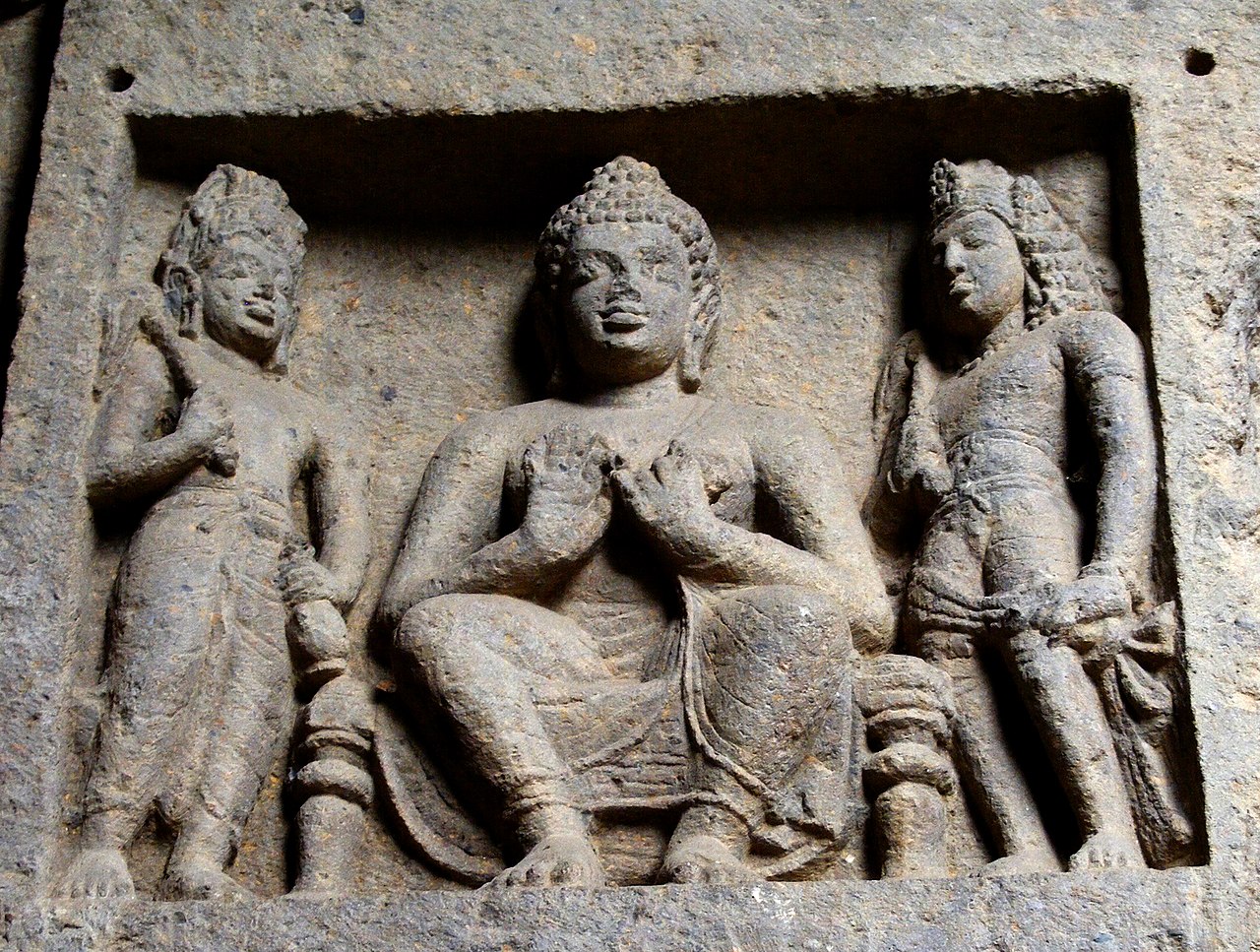
If you’re planning a trip to India, be sure to add these incredible cave systems to your itinerary. From ancient temples to intricate rock-cut sculptures, these caves are a testament to India’s rich cultural and architectural heritage.
Frequently Asked Questions (FAQs)
A: India’s cave systems are significant because they showcase the country’s rich cultural and architectural heritage. They contain ancient temples, rock-cut sculptures, and valuable artwork that provide insights into India’s history, religious beliefs, and artistic traditions.
A: The Ajanta Caves are famous for their stunning rock-cut sculptures and frescoes that date back to the 2nd century BC. They are a UNESCO World Heritage Site and are highly regarded for their historical and artistic significance.
A: The Ellora Caves represent a harmonious blend of Buddhist, Jain, and Hindu influences. The cave structures at Ellora showcase different religious traditions, making it a unique site that reflects India’s cultural and religious diversity.
A: The Elephanta Caves, dedicated to the Hindu god Shiva, feature intricate carvings and sculptures that highlight India’s artistic heritage. They are conveniently located near Mumbai, making them a popular tourist destination for visitors seeking to explore ancient Hindu architecture.
A: The Bhimbetka Caves are renowned for their prehistoric rock paintings, dating back to the Stone Age. These paintings provide a glimpse into early human life and cultural practices, making the caves a significant archaeological site.
FAQs
A: The Kanheri Caves, situated within the Sanjay Gandhi National Park in Mumbai, showcase Buddhist rock-cut sculptures and temples. The caves offer visitors a serene escape from the city and a chance to explore India’s spiritual past.
A: While the cave systems are generally accessible to visitors, some caves may involve climbing stairs or walking on uneven terrain. It’s advisable to check the specific accessibility information for each cave system and plan accordingly.
A: Visitors should wear comfortable footwear and clothing suitable for walking and climbing. Carrying a water bottle, sunscreen, and insect repellent is also recommended. It’s essential to follow safety guidelines and instructions provided at the cave sites.
A: Yes, guided tours are often available at the cave sites, providing visitors with valuable insights into the historical, cultural, and architectural aspects of the caves. Guided tours can enhance the overall experience and provide a deeper understanding of the sites.
A: Photography policies may vary at different cave sites. While photography is generally allowed, flash photography may be restricted in certain areas to protect the artwork and preserve the caves. Visitors should check the specific photography guidelines at each cave system.